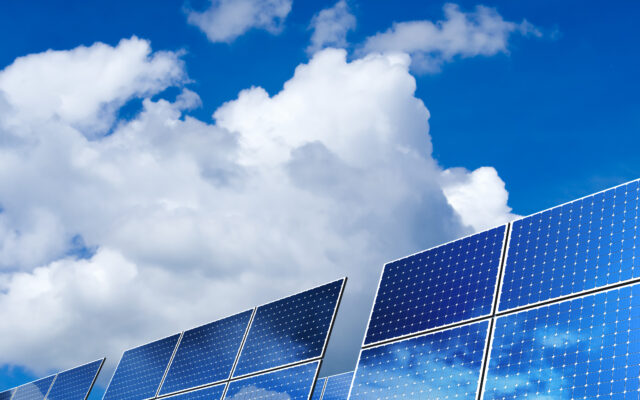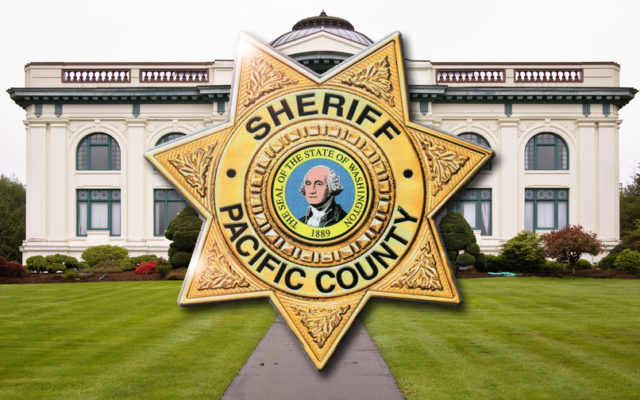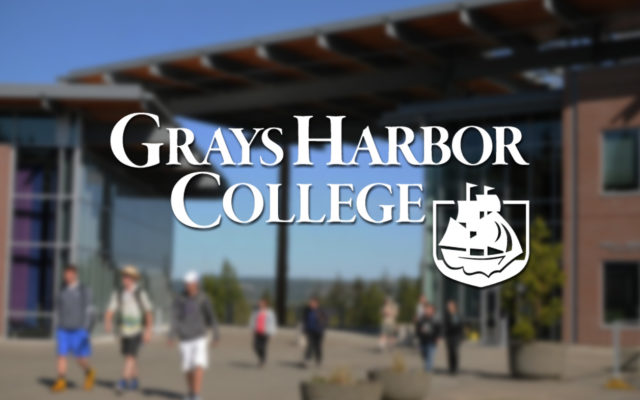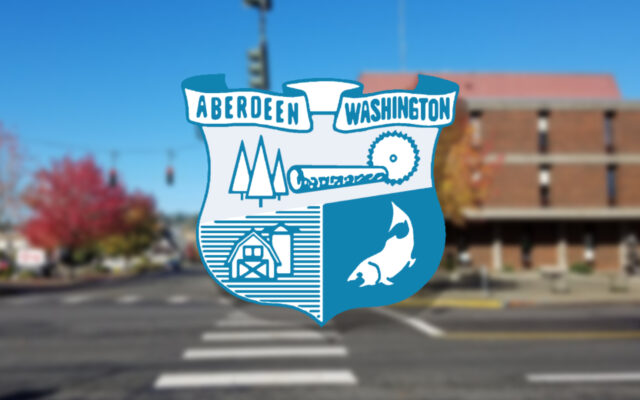Tool looks at potential sites for solar and wind power projects within Washington; no local sites included as of yet

The Washington State Department of Natural Resources is launching a first-of-its-kind interactive map to responsibly site clean energy development on state trust lands.
The mapping project gives DNR the opportunity to use existing information about the lands that it manages to improve outreach to stakeholders, protect habitat and tribal heritage, and better serve the needs of utilities and clean energy developers.
The tool is the State of Washington’s first published map for locating potential properties for solar and wind energy development.
There were no sites identified within Grays Harbor or Pacific County.
“Using our public lands to create clean energy is one of the most effective ways Washington state can help fight climate change,” said Commissioner of Public Lands Hilary Franz, the elected official who oversees DNR. “But this work must happen in partnership with our tribes and local communities. I am proud of my team for creating this clean energy siting map, which will allow us to reduce barriers and help reduce costs for projects while siting wind turbines and solar panels in appropriate areas to protect wildlife habitat and cultural resources.
“This is another example of DNR leading the way when it comes to generating clean energy on public lands.”
Features of the map include:
- Distance from DNR-managed lands to infrastructure such as transmission lines and substations
- Elevation, slope, aspect, and soil corrosiveness of DNR parcels
- Whether the site is in military airspace
- Expiration date for current lease of parcel, if any
DNR staff continue to work with the Washington Department of Fish and Wildlife (WDFW) and affected Tribes to develop appropriate ways to incorporate critical habitat data and information about cultural resources.
During the development of the tool, DNR reached out to every lessee in areas suitable for clean energy leasing to invite them to a public meeting about the tool in April, and staff met with WDFW, Tribes, and agricultural trade associations to discuss the project and seek their feedback.
“WDFW believes that significant solar resources can be deployed in a way that’s compatible with protecting wildlife habitat,” said Harriet Morgan, WDFW’s Climate Change Coordinator. “This tool is a way to help ensure that solar facilities can be deployed to support state renewable energy mandates, but also to make sure those proposed projects are placed in areas that avoid significant impacts to wildlife habitat.”
“SCC staff congratulates DNR on their development of a new tool that continues the provision of accessible information,” said Chris Pettit, executive director of the Washington State Conservation Commission. “This tool will help to inform the ongoing discussion of how to most responsibly develop additional solar and renewable energy resources.”
DNR has been a leader when it comes to developing clean energy on public lands, with 20 wind energy projects that can generate more than 200 megawatts of energy as well as three parcels leased for solar energy development. Revenue from clean energy leases goes to support K-12 school construction and other critical services statewide.
The clean energy siting map will support the Clean Energy Transformation Act, the 2019 state law that mandates that all energy supplied by utilities in Washington state must be carbon-free by 2045. This law, as well as prior legislation and the plummeting cost of solar technology, have shifted the energy market toward favoring renewable sources, making development of state trust lands an appealing option for utilities.
The mapping tool was published after being presented to the Board of Natural Resources at its monthly meeting in Olympia.
To view the mapping tool, click here.
For photos and video of clean energy development on DNR-managed lands, click here.
You Might Also Like



